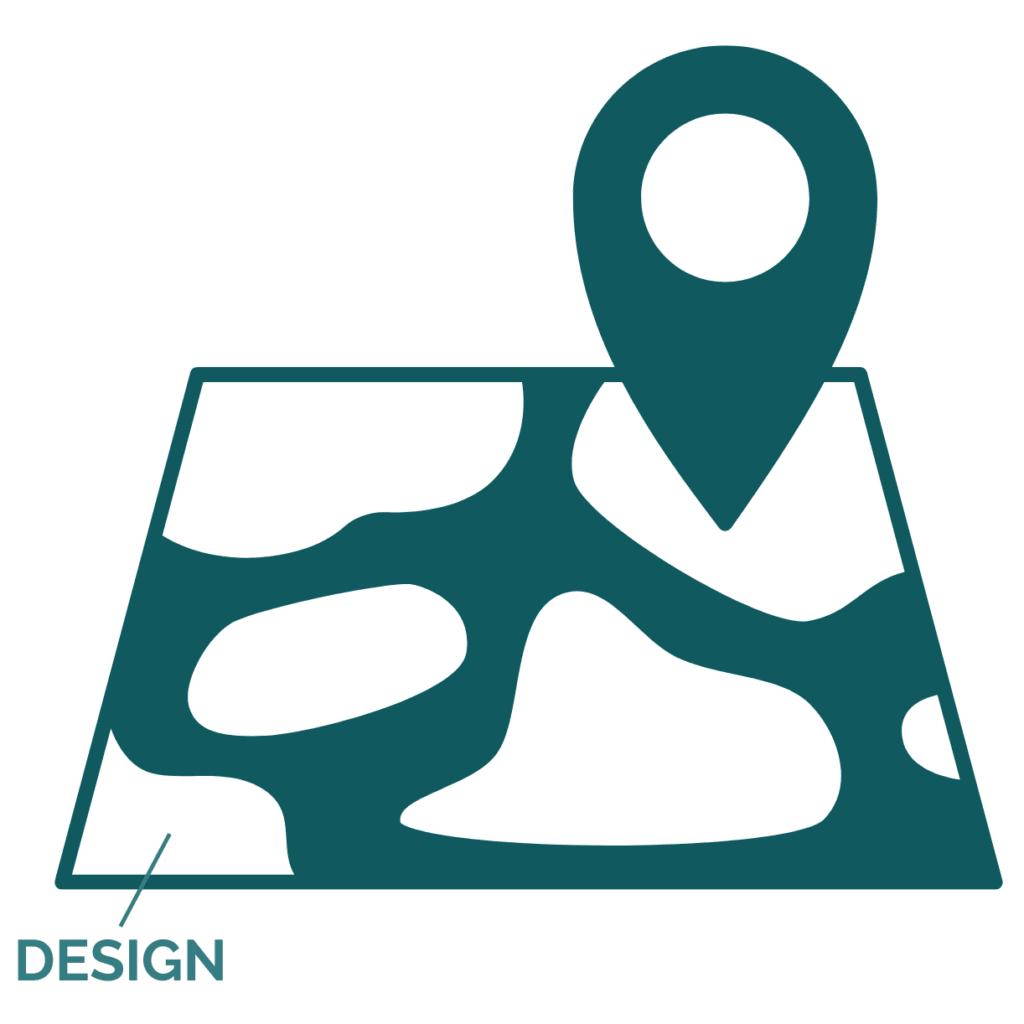
Design the Challenge
Once you’ve selected your challenge statements, it’s time to design and launch the challenge! Realistically, you’ll need to plan and design aspects of the challenge during the project planning and startup phase. Build time and flexibility into your workplan for iteration after stakeholder engagement and before officially launching. If your team is new to challenge design, refer to Global Knowledge Initiative’s Challenge Design Workshop Guide for basic guidance and integrate the following suggestions to make your challenge systems-informed.
Design your challenge with clearly defined desired outcomes. Sample outcomes and priorities for a traditional challenge competition can include:
Each of these outcomes requires a different approach, and sometimes they can be in tension with each other. Consider making collaboration your priority outcome for a challenge focused on systems change. Since systems change requires systems thinking, capacity building should be your second priority. Innovation through competition will be a lower priority than these first two goals. This hierarchy is not typical for innovation competitions, so you’ll need to rethink the structure of the challenge to ensure it strongly supports collaboration and capacity building rather than competition alone.
How can we design a competition that prioritizes collaboration and capacity building? Rethink the challenge participants, the application process, incentives, and support structure.
Too often, those with the power to change a system are not part of a challenge competition. If engaged, these key actors may participate as public event judges or short-term advisors. However, this interaction rarely leads to action. You are encouraged to redesign challenge competitions to engage power holders meaningfully, requiring creative approaches and experimentation.
Concurrently, challenge competitions create barriers to participation from local organizations and marginalized groups with mundane choices in their operations, including recruitment tactics, location, language, time zones, and not compensating participants for their time.
Instead of asking participants to submit a preconceived idea or solution, focus on their capacity to engage, commitment to the challenge, and proposed partnership ideas for addressing the challenge statements. If they have a relevant current solution, ask how they would adapt it or collaborate to address systemic challenges.
Consider allowing only teams that involve at least two different organizations or, ideally, a consortium of 3 or more to compete. This approach encourages collective problem-solving, facilitates connections, and strengthens existing relationships in the system. Encourage collaboration and partnerships that are necessary but have yet to be happening to address the challenge statements.
Partnerships can be challenging and resource-intensive. How can incentives promote collaboration? Instead of individual prizes, consider providing them for group efforts or offering a higher prize value for collaborative achievements. Explore awarding prizes in a category of partnerships and collaboration, especially for new partnerships explicitly formed to address systemic challenges.
As creating collaborative ideas and solutions takes time, consider providing multiple prizes as teams progress in designing and testing their solutions. You can introduce collaborative challenges, such as unlocking prize money in stages of forming partnerships, co-creating new solutions or adapting existing ones, testing solutions with external stakeholders, and iterating. You can use non-monetary prizes- such as pro bono technical or communications support – to incentivize action.
Finally, the challenge must engage power holders and influencers for systems change to happen. How will you incentivize their participation?
Participants will require support to create systems change. Consider providing the following:
Given the time commitment for longer-term systems change, participants will need compensation, either through a stipend to participate or the opportunity to unlock prizes at different stages of the competition and participation. Also, consider travel needs and provide funding for participants, particularly those that may be coming from rural to urban areas. It is essential to communicate the commitment requirements upfront and ensure vital support from leadership within their organizations to prioritize the challenge.
Decisions that will set your direction
People you will need to find your way
Reach out to others who have served as challenge managers, participants, judges, and advisors for valuable insights and lessons learned.
Provide opportunities for them to co-design, offer input, and poke holes in your design. Allow them to provide feedback on aspects like the pacing of training sessions, deadlines, whether they prefer in-person, remote, or hybrid formats, and any other relevant considerations. Validate that the incentives you are offering are relevant and desirable!
Review your plan for these critical elements
Frontier Incubators, a program designed to build capabilities of impact-focused incubators and accelerators, learned critical lessons in designing inclusive challenge competitions, particularly around gender. Among their best advice is to find existing innovators who represent the diversity you’re hoping to see and create an advisory board of those people to guide your efforts in recruitment, program design, and execution. Review their toolkit on gender lens incubation and acceleration here.
See the warning signs first
These resources can help you on your journey
Read these reflections on how to design challenge competitions focused on systems innovation:
For more on designing challenge competitions, use these templates from GKI’s work and review Resonance’s Ultimate Guide to Innovation Competitions:
No Crowd-Sourced Recommendations have been submitted. Be the very first one!

Leave a Reply